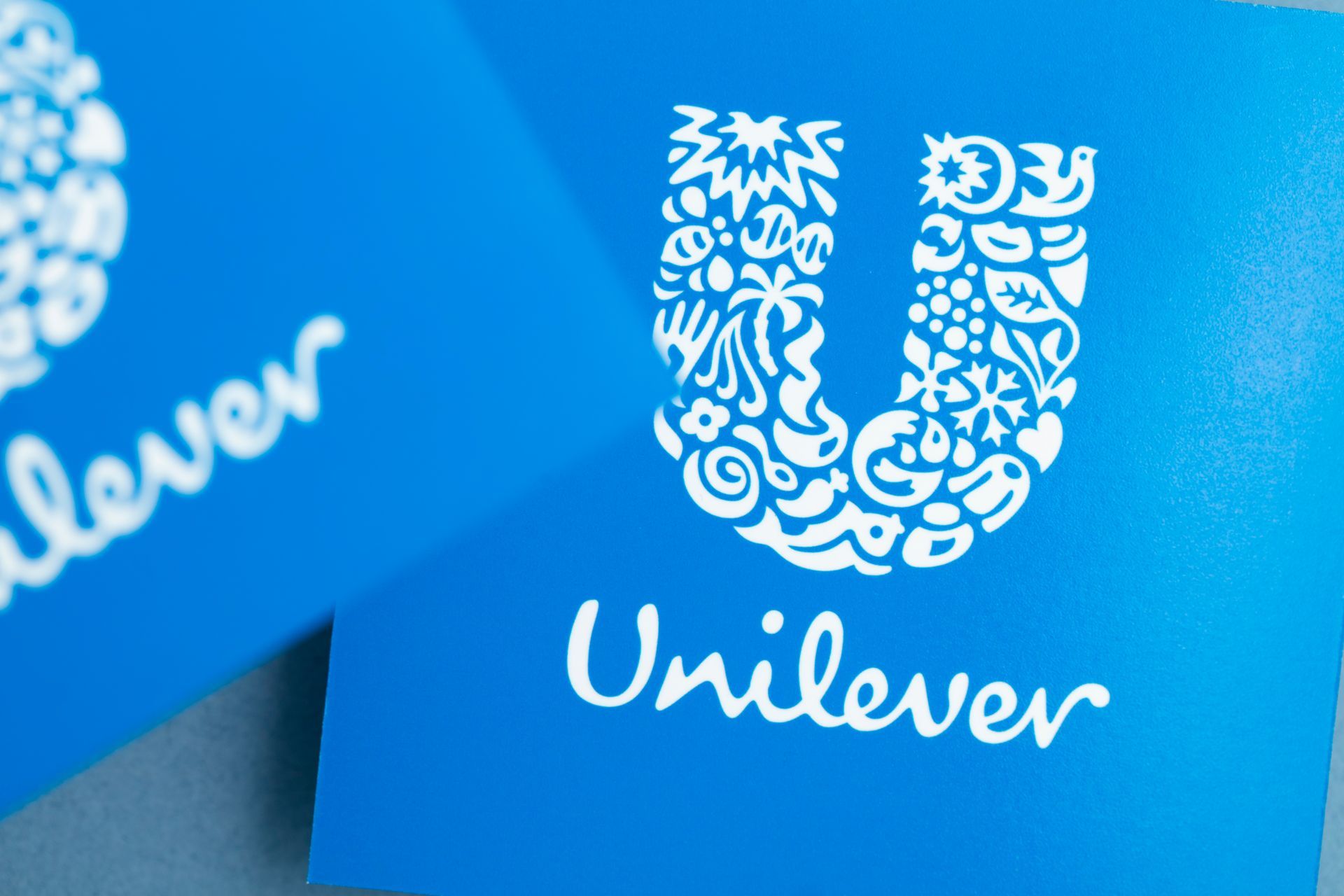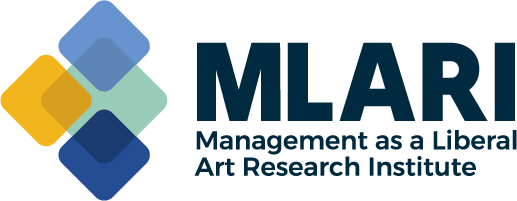The Children of the American Dream
PUBLISHED:
Stories of travels from a distant land to a new start, a land of opportunity, have always been my favorite. My friends come from exotic countries like Syria, Yemen, Portugal, Mexico, Guam, Kuwait, and India. Countries rich with culture and history, but they came to leave behind poverty, lack of education, war, so much war, to be in America. It is the American Dream, the thread that all of our families whose origin stems from migration at some point in time share.
We all come from other lands in search of a new beginning just at different times. My friends came between the ages of 10 and 19, and started as ranch hands, deli shop workers, students working retail, and farmers. Decades later they are a restaurant owner, chief engineer, gas station owner, retired military, and doting grandma. These hard-working individuals are exemplifying the American Dream.
First-generation born American descendants of immigrants face a unique challenge. Though the average mantra of a teenager is ‘my parents wouldn’t understand what it is like’ has been heard by many, especially educators, it is believed and demonstrated in the behaviors of first-generation U.S. born children from immigrant families.
Research states that ethnic minority males are most likely to become affiliated with gangs (McDaniel, 2012). Different research posits that the likelihood of gang affiliation has to do with the “composition of the neighborhood” (Herbst, 2013). With that being said, I need to point out that ethnic minorities new to the country tend to live in community together, so one does not negate the other. This generation believes their parents only know of the ‘old country’ and are out of touch with American ideology. Therefore, they look for people who are in the know. Many do not fall into this trap of gang life, but more do from the first-born generation than any other. It is disheartening to know friends and acquaintances have come to this country to create a ‘better life’ for themselves and their offspring only to have a child choose the gang life over family.
Social Responsibility and Global Corporate Citizenship
Why is this a topic of a business journal, you may ask. We who have come before, who have a foundation here, can support newcomers in their individual growth and family support. Social responsibility, specifically Corporate Social Responsibility (CSR), ‘global corporate citizenship,’ and ‘stakeholder management practices’, work on the premise that the welfare of all can be supported by the decisions of businesses (Windsor, 2001). There is an economic, environmental, and social responsibility that organizations have to the general public. Businesses need to have societal benefits in mind because governments do not always do so.
Corporate Social Responsibility can be demonstrated in many ways which benefit society. Palacios (2004) posits business can be the positive context of changes in employee citizenship and ‘non-territorial forms of national identity’. As individuals increasingly create self-identity through the workplace and other organizations, it is understandable that societal needs and ‘common concerns’ such as “social equity, human rights and environmental preservation” (p.386) be shared through the business platform (Palacios, 2004). Therefore, education on the prevention of youth affiliation with gangs would be fitting in this context. Gang affiliation negatively affects the health of youth and organizations can have a positive impact. The National Gang Center (NGC) shares risk factors and strategies of intervention and prevention. NGC (2025) posits that youth are enticed by the social activities of a gang or show a range of risk factors, typically 7 or more, that push the individual away from home culture and toward a gang. These risk factors include violence in the home, early dating, academic struggles at school, limited belief in self-success at school, negative labeling by in-groups, concern for safety, community conditions, individual characteristics, peer-group influence, and abuse both physical or sexual (NGC, 2025). Individual characteristics include:
“antisocial beliefs, early and persistent noncompliant behavior, early onset aggression/violence, few social ties, high alcohol/drug use, impulsivity, lack of guilt, life stressors, low intelligence, low perceived likelihood of being caught, neutralization, medical/physical condition, mental health problems, poor refusal skills, victim and victimization, family poverty, high parental stress/maternal depression, parent proviolent attitudes, poor parental supervision, poor parent-child relations or communication, sibling antisocial behavior, unhappy parents.”
These characteristics are not an exhaustive list and do not include the special circumstance of being a first USA-born child of an immigrant family. Nor do all children with some of these characteristics become gang members. Studies show there is no exact or repeating pattern for why some children and teens chose gang membership, but having 7 or more factors does increase the risk of membership by 13% (NGC, 2025). Researchers indicate that most want to join a gang for socialization, which must be alluring to youths of immigrant families that want to belong to the American culture.
Gang Prevention
Preventions and interventions include reaching students between 5th and 12th grades and include positive home, school, neighborhood and community interactions such as extra-curricular activities that build self-esteem and the belief of educational and life fulfillment. A key factor is instilling positive feelings between children and their parents. Positive school factors include improving academic performance, positive and safe school climate, and a positive relationship with key personnel on the campus.
Prevention includes a moderate level of parental involvement, which involves warmth and control, the ability to react well to conflict, and positive connections with adults outside of the family unit as explained by McDaniel (2012). Immigrants that I have met are active parents who are actively involved in their children’s education and extracurricular activities, but these parents are combatting an additional issue. Their teens assume their parents do not have knowledge relevant to success in America even though they have proved their ability. McDaniel (2012) states that ethnic minority male children make up the largest percentage of gang members. Their children become friends with gang-affiliated minors who seem more knowledgeable of American current events than immigrant parents from a teen’s perspective.
Community involvement in social interventions and gang suppression will lead to organizational change according to the National Gang Center (2025). Organizations presenting risk and protective factors to all employees increases the likelihood of gang prevention and, hopefully, can create willing volunteers to be positive role models in children’s lives for those moments when they don’t listen to their parents. Businesses sharing this knowledge with stakeholders provides support for individuals, organizations, and society. As the numbers of at-risk youth diminish, so do the negative impacts of gangs. This can be achieved through organizations willing to see their social and global influence.
Dedicated to A.S. who lived a difficult and short life riddled with the strife of trying to get away from the gang life, which proved easier than getting away from the drugs he was introduced to by that ‘gang family’. To his family and two children who remain.
References
Dima, J. (2008). A Stakeholder Approach to Corporate Social Responsibility: A Fresh Perspective into Theory and Practice. Journal of Business Ethics: JBE; Dordrecht 82(1) 213-231.
Herbst, E. (2013). The likelihood of gang membership: Immigrant generational differences among hispanic youth. A thesis for Graduate College of Bowling Green State University.
McDaniel DD. (2012). Risk and protective factors associated with gang affiliation among high- risk youth: a public health approach. Inj Prev. 2012 Aug;18(4).253-8.
National Gang Center. (2025). Comprehensive Gang Prevention, Intervention, and Suppression Model. US Department of Justice. Retrieved from
https://nationalgangcenter.ojp.gov/spt/Programs/53
Palacios L., J.J. (2004). Corporate Citizenship and Social Responsibility in a Globalized World. Citizenship Studies 8(4). 383–402
Windsor, D. (2001), The future of corporate social responsibility, The International Journal of Organizational Analysis, 9(3). 225-256





